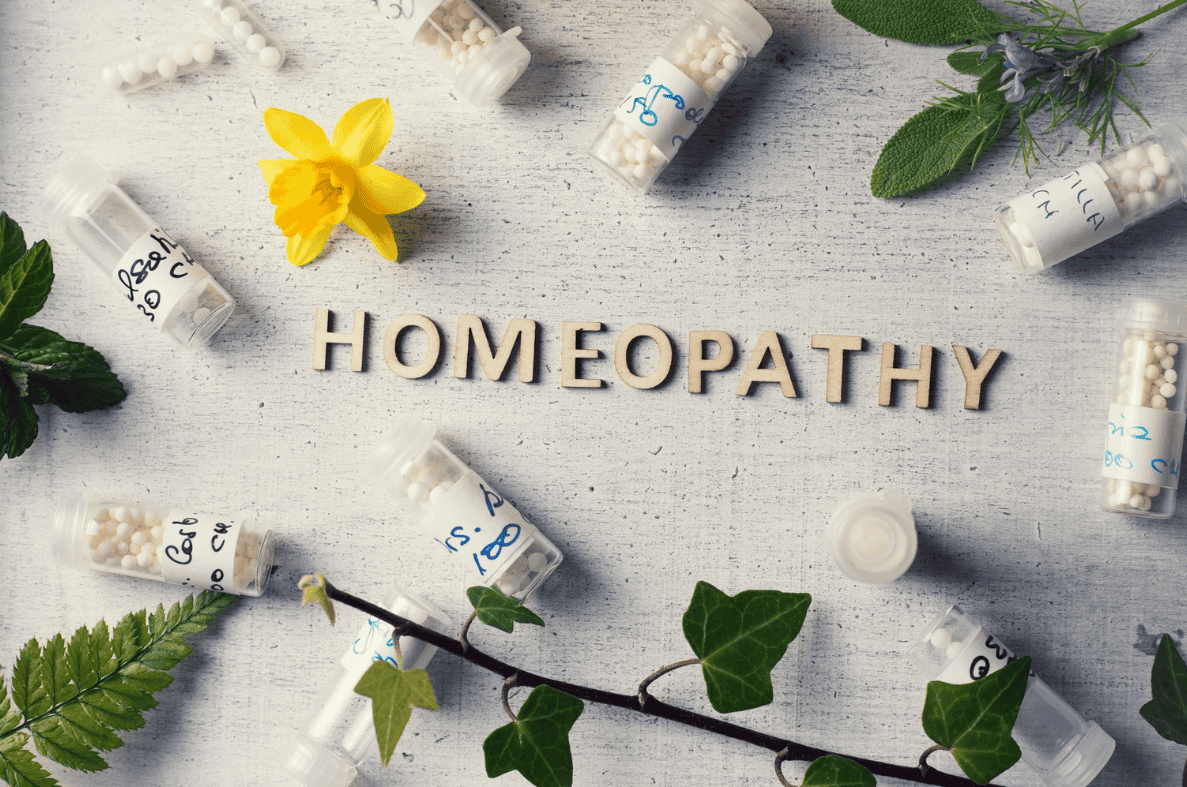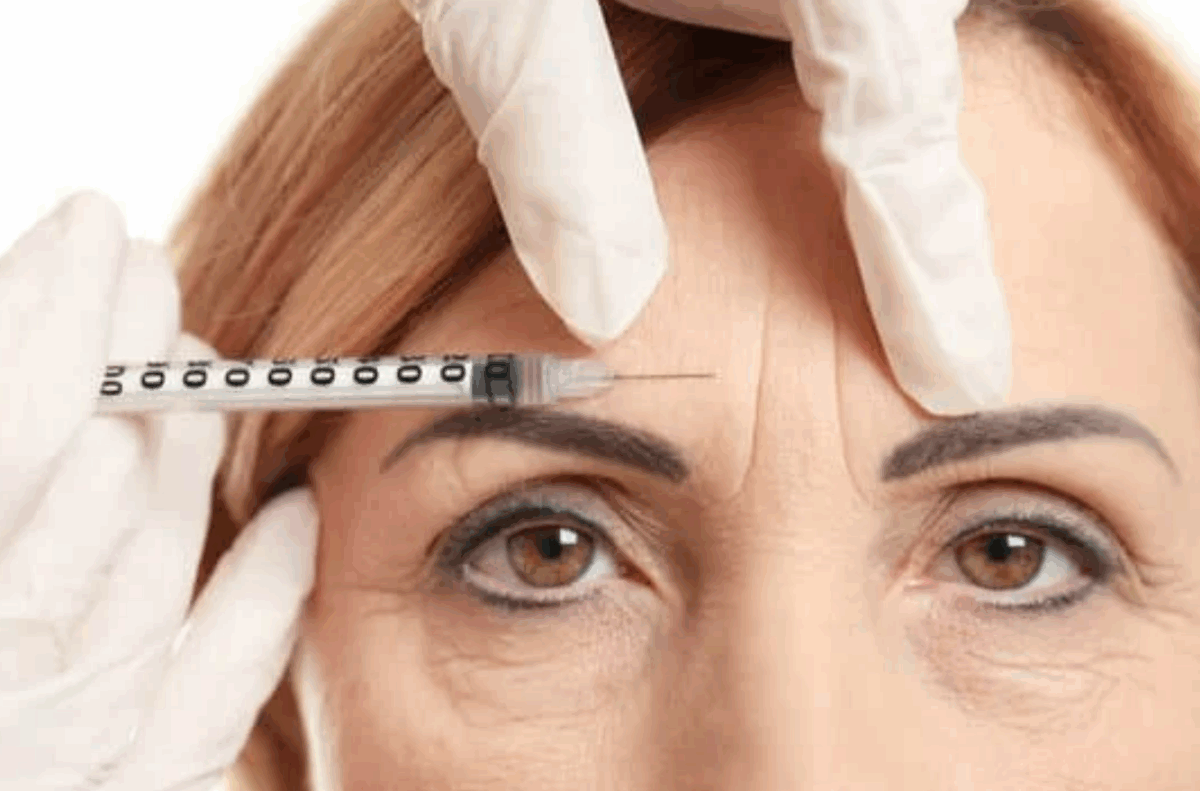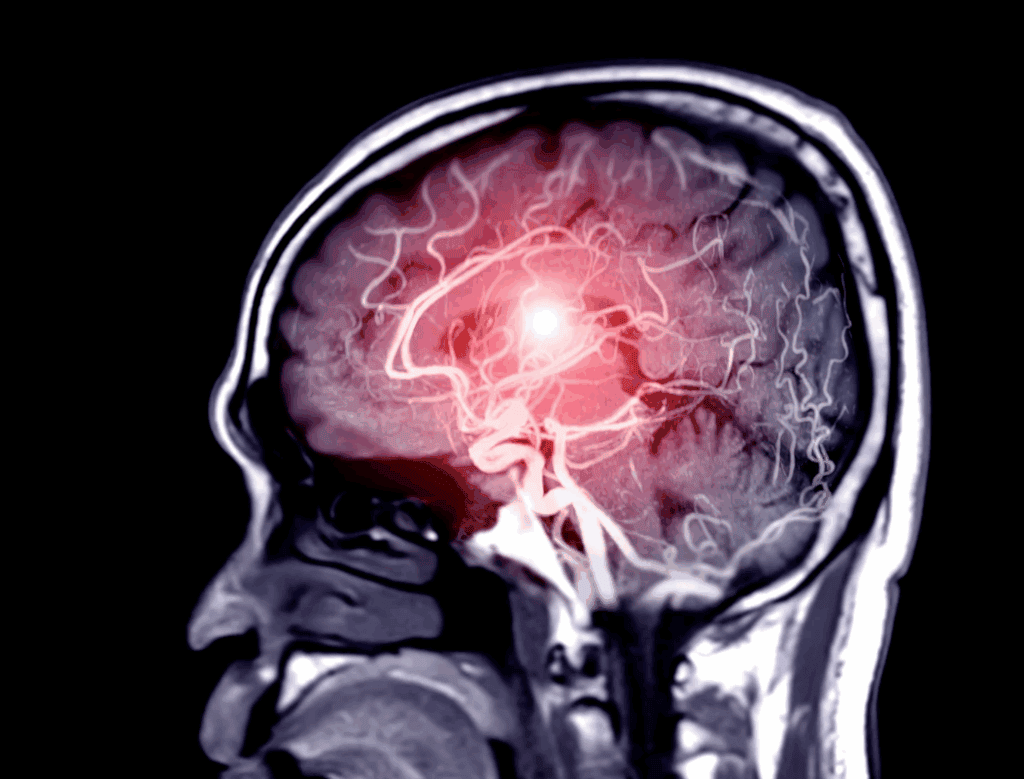These days, the most sought-after doctors demand more than just bonuses for signing on or increased compensation. People who are applying for top jobs consider additional factors before making significant career changes. Even if a good pay is really important. The person’s quality of life, career progression, freedom to make decisions, and the school’s values and reputation are all taken into account.
Several reliable sources, such as MASC Medical (mascmedical.com) say that doctors are more motivated by purpose and compatibility than by their job titles. Candidates interested in long-term contributions rather than just filling a position are more likely to be interested in practices that help them understand their purpose, patient care philosophy, and teamwork. Healthcare companies hiring new staff must assess candidates’ views of culture, communication, and expectations.

You Can’t Have a Good Balance Between Work and Personal Life
Doctors and nurses nowadays won’t put their health at risk to do their duties. Following the outbreak, finding a balance between work and life has become a significant challenge. This movement is really clear. Now, the most important things to look for in a candidate are manageable caseloads, a flexible schedule, and fewer administrative tasks.
Medical workers from recent generations, especially Generation Z and Millennials enjoy time away from the workplace just as much as time with patients. When people care about their own mental health, family life, and relaxation, they are more likely to accept offers. Companies that fail to prioritize their workers’ health and happiness, or those that don’t continually innovate, may lose their best employees.
Businesses Give People the Chance to Grow and Lead
It’s best to have doctors who think forward. The people are not just looking for work, but they are also making a strategy. They favor practices that facilitate advancement within the company, encourage ongoing learning, or enable leadership roles in clinical governance or research.
This is because they are most likely to capitalize on these opportunities. These opportunities, whether they are formal professional development programs or groups that make decisions, are investments in a doctor’s future.
Many doctors enjoy mentoring, discussing, and teaching in a supportive group setting. Also, the team is helpful. When a practice stimulates intellectual curiosity and fosters collaboration across fields, doctors are happier, and patients experience better outcomes. The practice is more likely to improve patient outcomes.

Knowing How to Make Sure That Cultures and Institutions are Compatible
The best doctors assess how well their values align with those of the company. This decision goes beyond current rules and rewards. Ethics, business openness and patient-centered therapy impact this decision. A workplace that is disorganized, hierarchical, or prioritizes profit over therapeutic norms is seen as a problem by many.
Executive honesty, how candidates are treated during interviews, and their ability to help individuals transfer all build trust and respect in a firm. These are minor things. These relationship skills help businesses find and keep great doctors. This happens a lot.



























